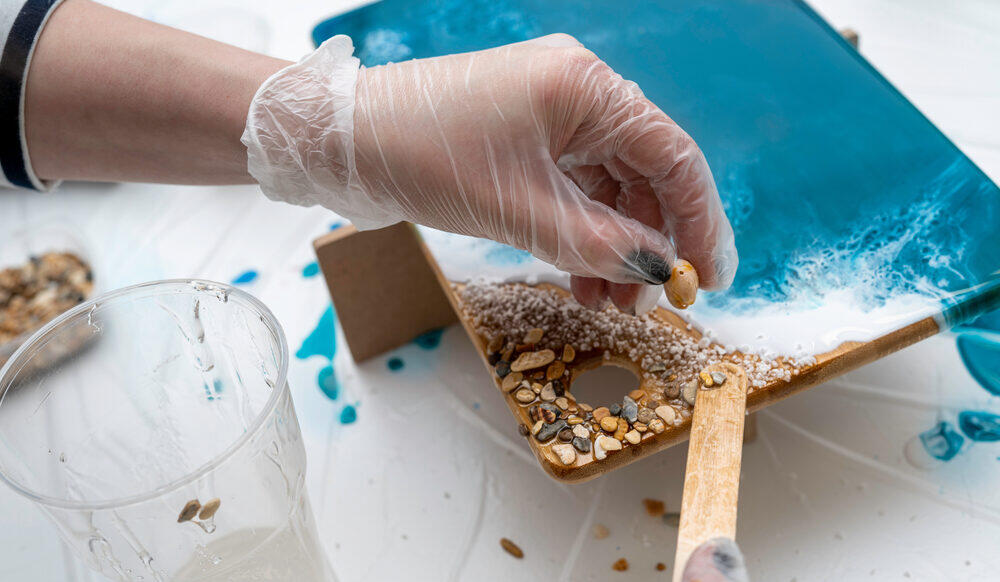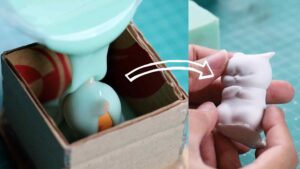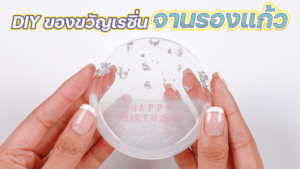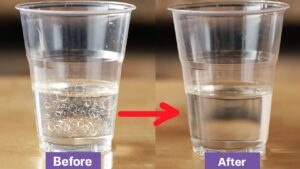If you start to work on your beautiful resin DIY, you may feel that choosing the right resin is complicated after seeing all the available resins on the market. From such problems, today EASY RESIN, as the No. 1 resin manufacturer in Thailand, takes this opportunity to recommend ‘5 important FAQs before purchasing resin’. Let’s get started!
1. Choose Resin depends on your “Project”.
For many of you who are thinking about what kind of resin to use, we have summarized as follows:
- The type of workpiece you want (such as transparency, strength, or thickness)
- Method, location, and equipment
- Budget
Although there are many types of resin on the market, finding the resin with the ‘qualification’ that matches your resin project is not as difficult as you think. Before starting to purchase, we recommend you make a list of the qualifications of your project, such as casting, transparency, and texture, then you can start looking for a brand that meets the qualification of your project.
Resin is a very versatile composition; it can be used in such a wide range of applications, whether for casting, coating, strengthening, etc. The resin from some manufacturers, such as EASY RESIN’s High-Gloss Epoxy, is also made to be used for almost any resin work, be it coated, casted, or poured, it is really all in one product, while some manufacturers may develop some specific formulas to fit each type of work.
2. Polyester vs. Epoxy Resin
There are generally two types of resin that are prevalent in Thailand: Polyester Resin and Epoxy Resin. In the past, we mainly used polyester resin, but after the invention of epoxy resin grade, the rate of people using polyester resin is relatively lower because it is known for its exceptionally clear properties. However, once you get to work, it is cumbersome and requires much more expertise, as well as mixing the solution with an unstable ratio and having a low pot time. It also has a pungent smell and requires additional polishing when hardened. For all these reasons, it is not suitable for beginners who may not be familiar with the process.
With the limitations of polyester resin, it is not suitable for new users or even for skilled users to save time and energy, so the choice of epoxy resin is therefore ideal as it is odorless, easy to mix at a fixed ratio as specified by the manufacturer (mostly 1 : 1), the pot time is high, which is about 30 minutes, and does not require additional polishing. Currently, most epoxy resins have been developed to be almost as clear as polyester, so users do not have to worry that their outcome won’t be as clear as using polyester resin.
3. “Clear resin” is not just as clear as a mirror.
Many people often misunderstand that clear resin means glass, but in fact, we can as well add different colors, which can be used as general acrylic pigment to mix. However, you need to be aware that some acrylic pigment brands may be less likely to dissolve in the resin, causing it to eventually become a sediment, so the best way is to choose a pigment product that is selected by the resin manufacturer.
EASY RESIN Tips:
- Most epoxy resin products come with two parts: resin (A) and hardener (B). Users have to mix by themselves, and during the mixing period, the users will be able to add the desired pigment.
- To add the resin pigment for a common color such as clear, solid, or pastel color, it should be mixed with no more than 8% of the resin. On the other hand, a metallic pigment, you cannot add more than 20% of the resin. Otherwise, it may cause the resin to not get hardened completely, and you should add color little by little to get the desired shade, because if you put a lot at once, and the color is too dark, it will be difficult to fix after.
4. The same resin does not imply the same ‘quality.’
As we mentioned at first, the resin quality of each manufacturer is different depending on standards and capabilities. For example, although manufacturers A and B develop the same epoxy resin formulations, developer A’s epoxy may get yellow over time but not developer B’s, so when it comes to choosing resin, you should carefully study the specific properties of each brand first.
5. Resin and food safety
This is another important point that many users are unaware of, although epoxy resin is safe to use and does not have a pungent smell, however, epoxy resin that is designed to be hard and strong, they are not food grade. This needs to be considered carefully, but you can try chatting with us to see if we can look for foreign manufacturers that can produce food grade resin formulas (but the price can be pretty high).
Here are the 5 important FAQs before purchasing resin. For anyone who has additional questions or concerns whether it is about epoxy or any additional techniques, please do not hesitate to contact us through Facebook or Line!
Line: @EasyResin or Tel: 091-767-3305



